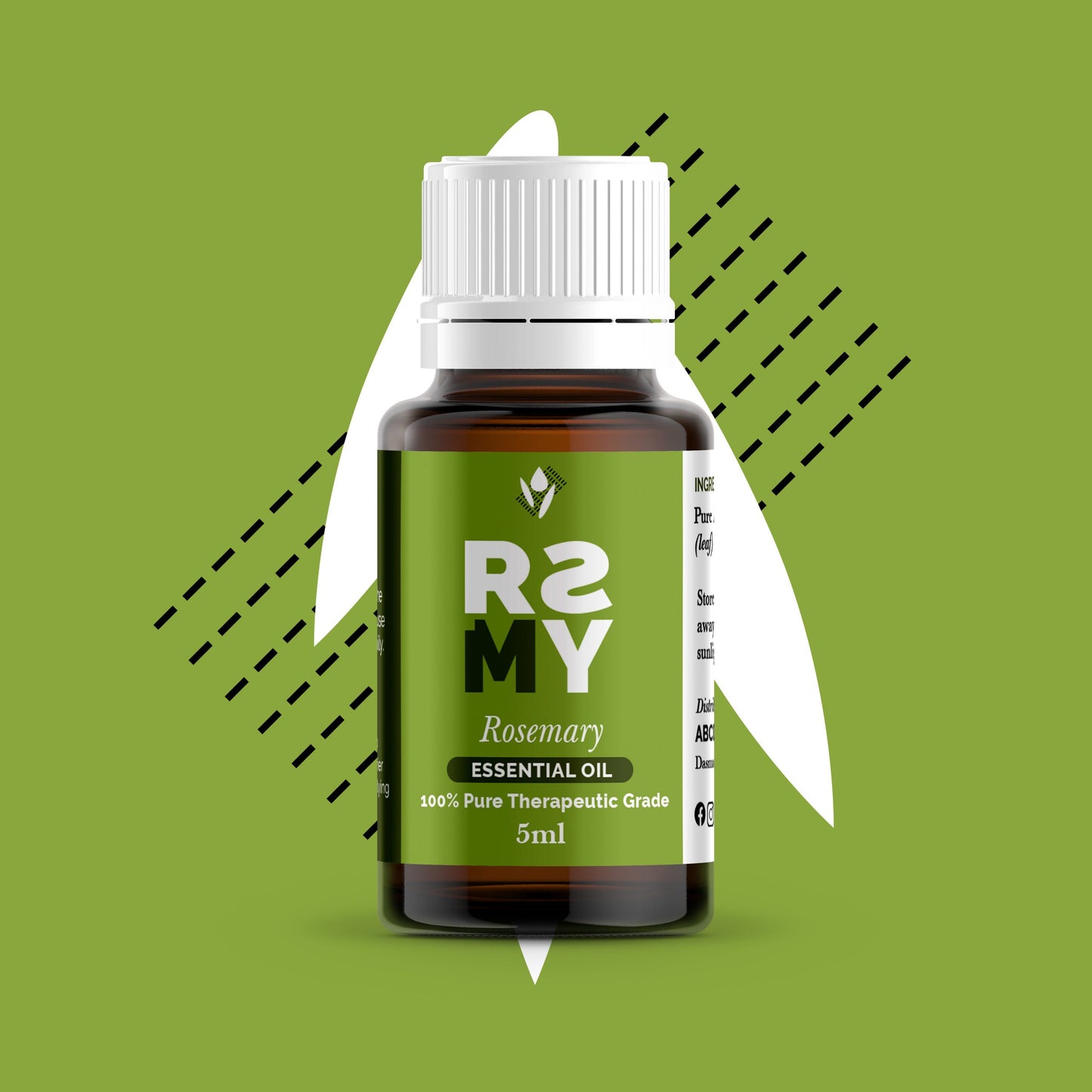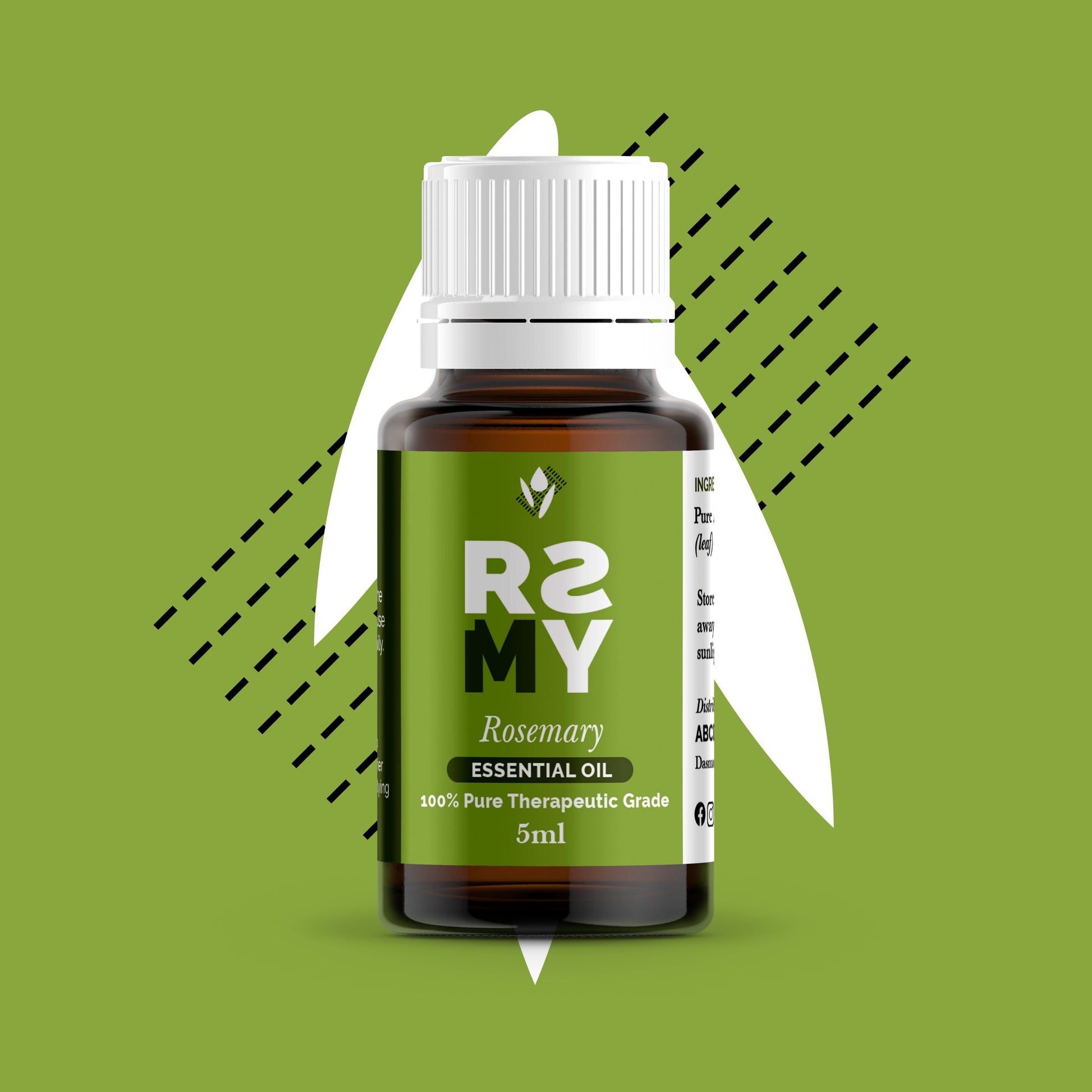ABCD Organics
5ML RSMY Rosemary Essential Oil
5ML RSMY Rosemary Essential Oil
Couldn't load pickup availability
The rosemary plant is a member of the Lamiaceae family. This fragrant shrub has a dense, scaly bark. Leaves are shaped like needles. The flowers are a pale blue color and are quite small in size. The plants reach a maximum height of 2m.
ROSEMARY ESSENTIAL OIL HISTORY
The flower's top was used to extract a pale yellow oil. It was used in Roman burial rites due to its camphor-like aroma.
HISTORICAL APPLICATIONS
• During WWII, the plants' leaves were burned to purify the air in hospitals.
• Historically, Greeks and Romans applied the oils to their temples during study hours, as it was believed to improve memory.
• The Romans used this oil for culinary purposes in the Mediterranean.
• The Egyptians smoked incense with this oil.
• It has been used in the preparation of cosmetics throughout history due to its anti-inflammatory, antimicrobial, anti-oxidant, and antiseptic properties.
CURRENT USAGE
• It is used to enhance concentration in diffusers.
• To combat hair loss, its dilution is massaged into the scalp.
• Its application on the skin alleviates pain and inflammation.
• It is insect, bug, and mosquito repellent.
ROSEMARY ESSENTIAL OIL BENEFITS
• Rosemary Oil is used to treat a variety of cancers, including ovarian, colon, liver, breast, lung, pancreatic, and liver.
• The oil has a variety of therapeutic properties, including hepatoprotective, carminative, cordial, antidepressant, analgesic, stimulant, and digestive.
• This is also used to treat hair loss, dementia, and Alzheimer disease by increasing cortisol levels.
COMBINES WELL WITH: Frankincense, Cedarwood, Bergamot, Amyris, Vetiver, and Basil.
GENERAL PRECAUTION
• The oil is not recommended for people who have high blood pressure or epilepsy.
• Because the oil is naturally concentrated, it should be diluted before being applied topically to the skin.
• Rosemary Oil is not recommended for children under the age of six.
• Avoid applying the oil to mucous membranes, avoid contact with the eyes, and avoid applying it to sensitive areas of the body.
Botanical Name: Rosmarinus officinalis
CAS#: 8000-25-7
Color & Odor: Either of colorless or pale yellow liquid with a strong, clear aroma
F.E.M.A. # :No
Methods of Extraction: Steam-distilled
Solubility: Soluble in alcohol and oils
Specific Gravity: 0.890 – 0.912
Flash Point: 43 °C
Optical Rotation:-2.0° – +5.0°
Major Constituents: a-pinene, myrcene, 1,8-cineole,
Share


